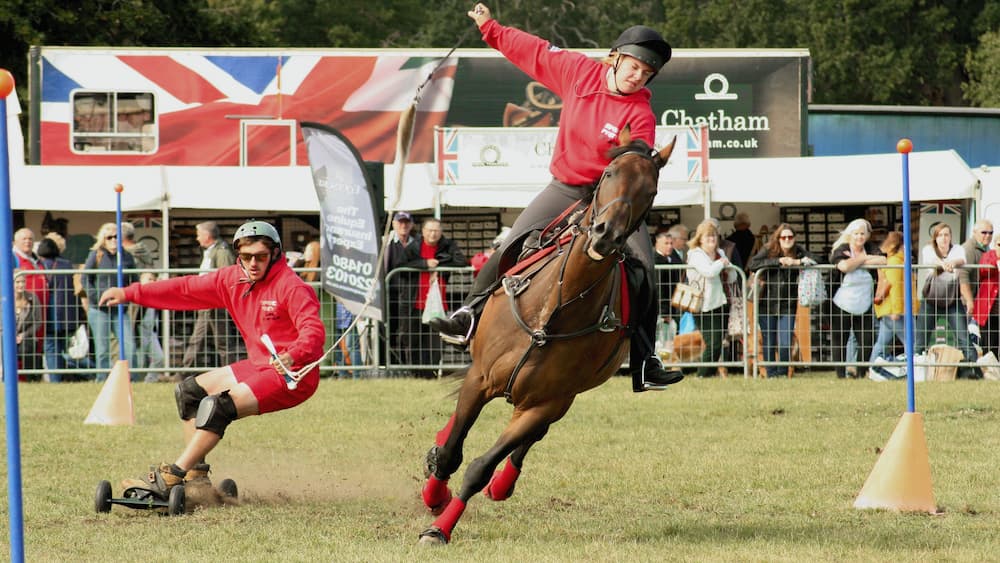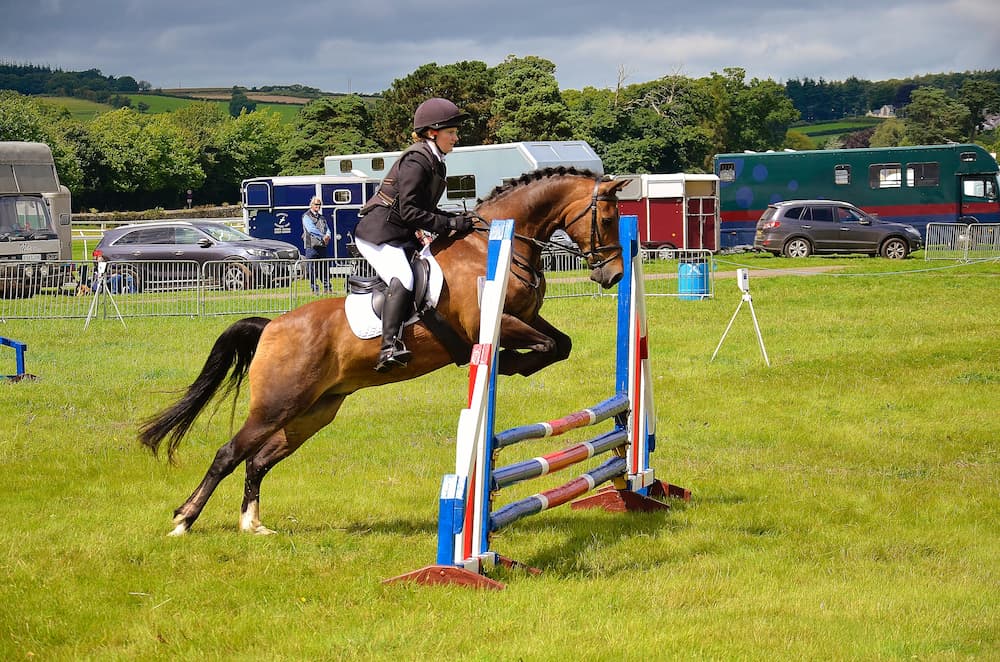Horse racing classification
At first glance, all races are the same. The horses entered the pits, the start was given and the rivalry for the victory began on the hippodrome track. Whoever comes to the finish line first is the winner. However, in fact, the races differ from each other in many ways. First is the age and gender of the participating horses. There are races in which both stallions and mares can participate. But there are also races only for mares. Racehorses are divided into three age groups: two-year-olds, three-year-olds and older horses – 4 years old and older. Races are held separately for each age. Two-year-old horses compete with three-year-old horses on rare occasions. Three-year-olds participate in races with older horses quite often.

The second difference between the races from each other is their distance. They are divided into short – sprint (1000 – 1400 m), medium (1600 – 2000 m), classic – 2400 m, and long – stayer (2800 – 4000 m). Just like athletes – athletes, horses show their abilities in different ways at different distances. Accordingly, they are divided into sprinters, milers, classics and stayers. However, there are horses that jump well over a wide range of distances.
The third difference is the prize amounts intended for the winner and awardees. They depend on the race class, i.e. the level of the horses participating in it. In the world practice of thoroughbred horse breeding, a strict classification of smooth racing has been developed for thoroughbred horses.
The name itself suggests that these races are played at the same time every season, at the same racetrack and with the same conditions. These prizes are divided into three groups. The first includes the most valuable and honorable prizes. Here, not only the material, but also the emotional aspect is important. First of all, these are the classic prizes: Derby, OKS, Guineas and St. Ledger in Europe, Ketnacchi Derby, Preakness Stakes and Belmont Stakes in the USA.
Also, the races of the first group include large “comparison” prizes in which horses of three years and older participate: Breeders Cup Classic, Arc de Triomphe Prize and some others. In Asian and South American countries, the classic prizes are similar to the European ones. The second and third groups include prizes with a slightly smaller prize pool, but victories in them are also not easy to get and are highly valued.
fox races The next category of races in Europe is leaf races. They, too, are held in strict accordance with the annual schedule. Among them there are recently established prizes that must reach a certain rating in order to become traditional. The level of horses participating in them is lower, but sometimes outstanding horses are recorded in them for a test of strength in the process of preparing for more important starts. These races are called leaf races because they are included in a special list approved by the country’s Jockey Club and the International Racing Committee. In both traditional prizes and sheet races, all participants carry the same weight as stipulated in the terms of the race. The weight carried by a horse in a race is the weight of the jockey together with the saddle.

A horse starting for the first time will most often make its debut in a maiden race. This is a race for horses that have never won. Sometimes they are only suitable for horses starting for the first time. Then they are called a starter. These races are held mainly for two-year-old horses. Non-galloping or winning three-year-olds and older horses can also participate in maiden races, usually at the very beginning of the season. In this case, it does not matter at all how many times the horse performed at the racetrack 2 or 22. It is important that he never won.
Maiden races are of two types: Maiden Special Waite and Maiden Claming. In the first case, all participants carry the same weight, with the exception of age discounts (if horses of different ages participate in the race), for mares and for beginner jockeys. In all these cases, horses carry less weight. This discount is the same for all members with any one benefit, and is usually two kilograms.
Claming horse races are horse races for sale. One race involves horses that are sold at the same price. For non-winning horses, such races are also arranged, they are called maiden claming. It is clear that races are spectacular and interesting to play when horses with approximately equal abilities participate in them. They are sold at the same price. Therefore, horses of the same level are recorded in such races.
But it can be difficult to find an equivalent company, therefore, in the world practice of horse racing, there is such a thing as handicap. That is, equalizing the chances of horses by assigning them different weights to participate in the same race. This is done by a special commission of experts to assess the race class of horses. The better a horse’s racing career, the more weight it carries. Races with these conditions are called handicaps. But there may be other restrictions on participation in the races. Conditioned races are called elowens. The condition can be, for example, the following: who won only one race or who did not win the last three performances. Elawens races usually involve horses that have won maiden races but are not yet ready to participate in leaf races and traditional prizes.
